Best Practices for Operating 10 Head Multihead Weighers Safely
Multihead weighers are essential pieces of equipment in many industries, particularly food and pharmaceutical packaging. They provide accurate, high-speed weighing of products, ensuring consistent package weights and minimizing product giveaway. However, it is crucial to operate these machines safely to avoid injuries and equipment damage. This article outlines the best practices for operating 10-head multihead weighers safely, covering essential aspects such as training, maintenance, and emergency procedures.
Training and Authorization
Before operating a multihead weigher, it is imperative for personnel to receive comprehensive training from qualified instructors. This training should include:
– Proper assembly and disassembly procedures
– Operation of the control panel and all safety features
– Troubleshooting common problems
– Emergency stop procedures
– Maintenance and cleaning techniques
Only authorized personnel who have completed the training should be allowed to operate the weigher.
Pre-Operation Checks
Before starting the weigher, perform the following checks:
– Ensure the weigher is properly installed and grounded
– Check the scales and adjust them as necessary
– Inspect all moving parts for damage or wear
– Verify that all safety guards are in place and functional
– Clear the weighing area of any obstacles
Safe Operation
During operation, adhere to the following safety guidelines:
– Always use the emergency stop button in case of an emergency
– Keep hands away from moving parts
– Avoid leaning over the weigher while it is running
– Wear appropriate safety gear, such as gloves and safety glasses
– Be aware of the potential for pinch points and take precautions to avoid contact
Maintenance and Cleaning
Regular maintenance and cleaning are crucial for safe operation:
– Perform daily inspections for wear, damage, or leaks
– Clean the weigher and all components regularly using approved methods
– Lubricate moving parts as per the manufacturer’s recommendations
– Calibrate the scales periodically for accuracy
– Store the weigher in a clean, dry place when not in use
Emergency Procedures
In case of an emergency, follow these procedures:
– Press the emergency stop button immediately
– Shut off the power supply
– Evacuate the area if necessary
– Notify the supervisor or maintenance personnel
– Do not attempt to repair the weigher yourself
Continuous Improvement
Safety protocols should be regularly reviewed and updated to ensure continuous improvement. Conduct safety audits, encourage employee feedback, and implement any necessary changes to enhance the safety of the operation.
By following these best practices, operators can minimize risks associated with operating 10-head multihead weighers. Comprehensive training, proper maintenance, adherence to safe operating procedures, and continuous improvement measures are essential for ensuring a safe working environment. By prioritizing safety, organizations can prevent accidents, protect their employees, and maximize the efficiency and longevity of their weighing equipment.
-
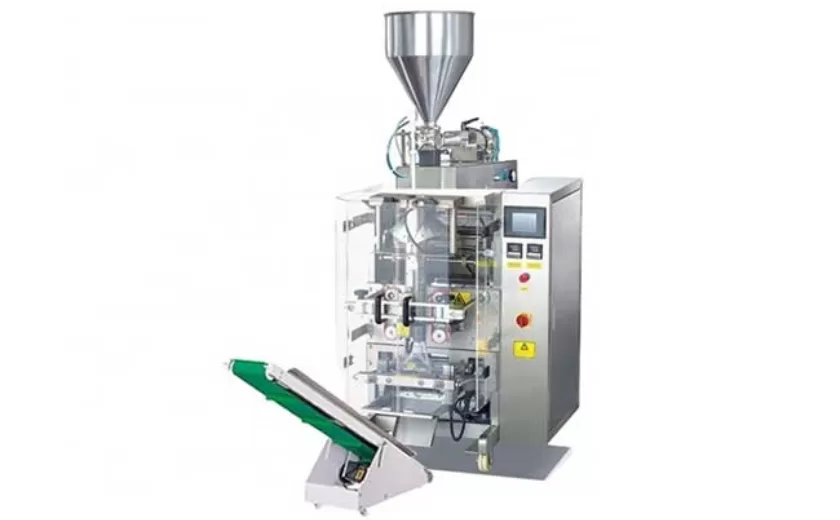
Advanced Packing Solutions: Snacks, Sugar, and Frozen Food Machines
29-10-2025 -
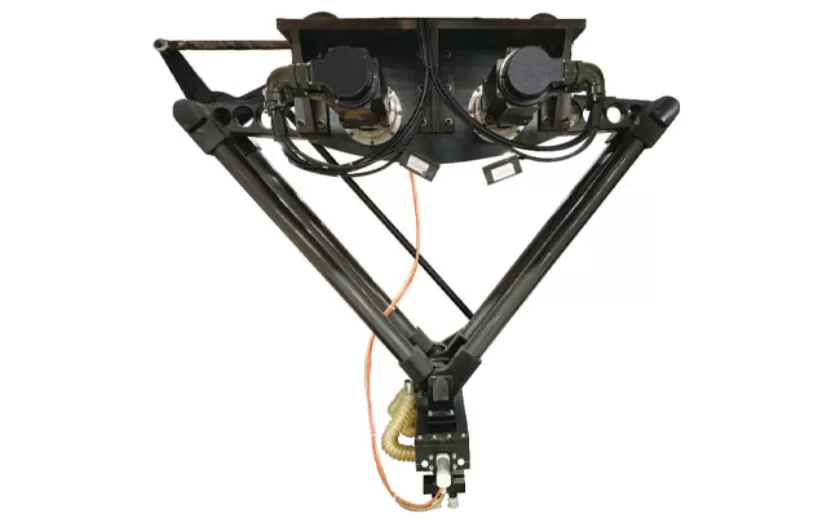
Efficient and Reliable Solutions for Salt, Nuts, and Frozen Dumplings Packing
29-10-2025 -
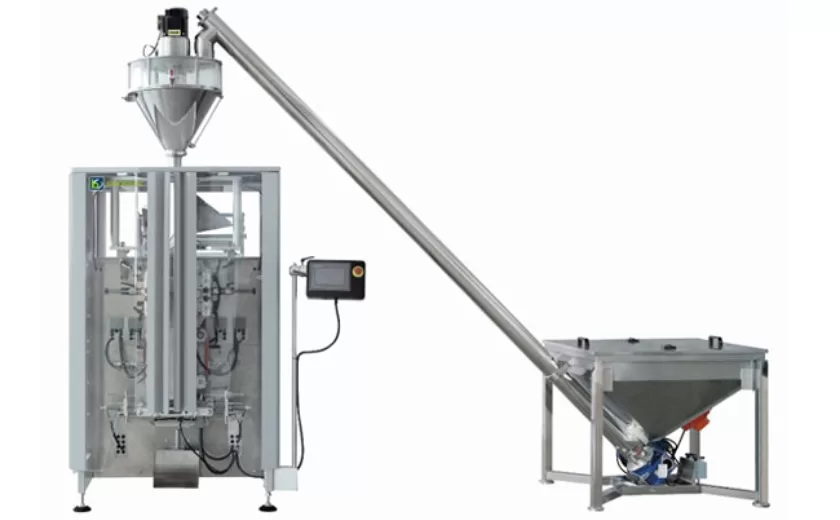
High-Performance Biscuits, Lollipop, and Ketchup Packing Machines for Modern Food Production
29-10-2025 -

Efficient Liquid Filling and Packing Machines for Modern Production
23-10-2025 -
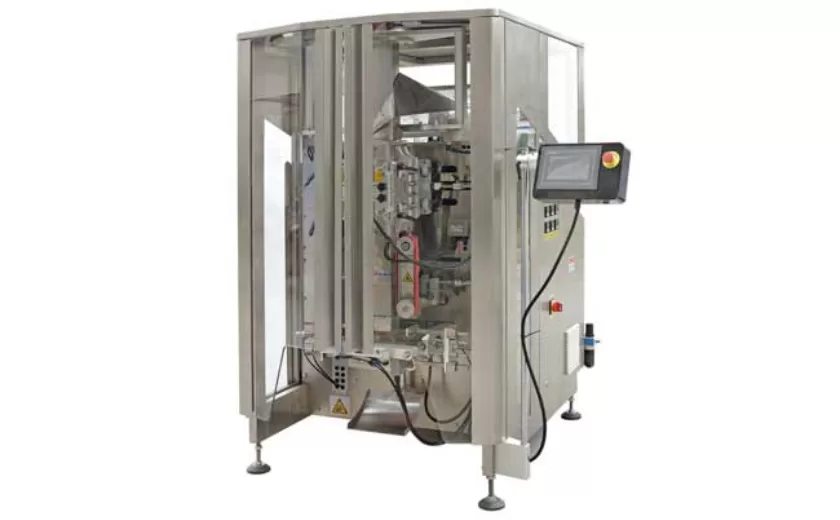
Reliable Granule Packaging Machines for Efficient Production
23-10-2025 -

Efficient Auger Powder Filling Machines for Accurate Packaging
23-10-2025 -

High-Performance Liquid Filling and Packing Machines for Hygienic Production
10-10-2025 -

High-Efficiency Granule Packaging Machines for Precision and Speed
10-10-2025 -

High-Precision Auger Type Powder Filling Machines for Efficient Packaging
10-10-2025 -
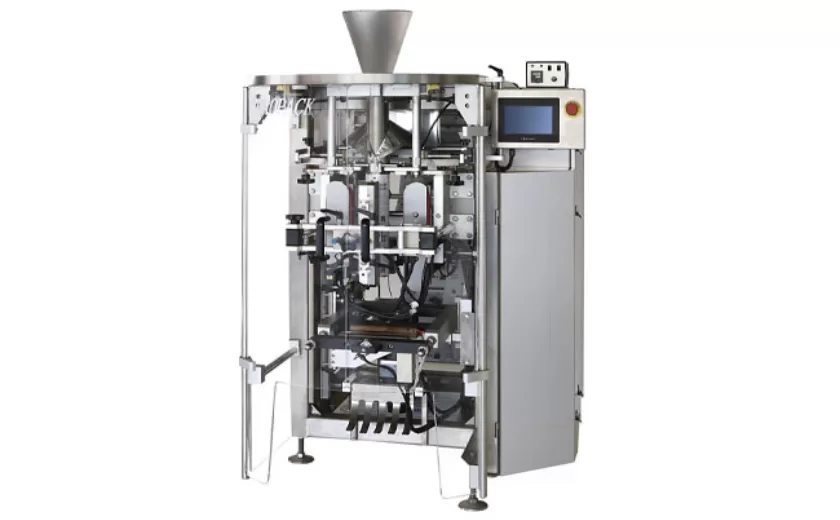
Efficient Vertical Form Fill Seal Packaging Machines for Smart Production
10-10-2025





